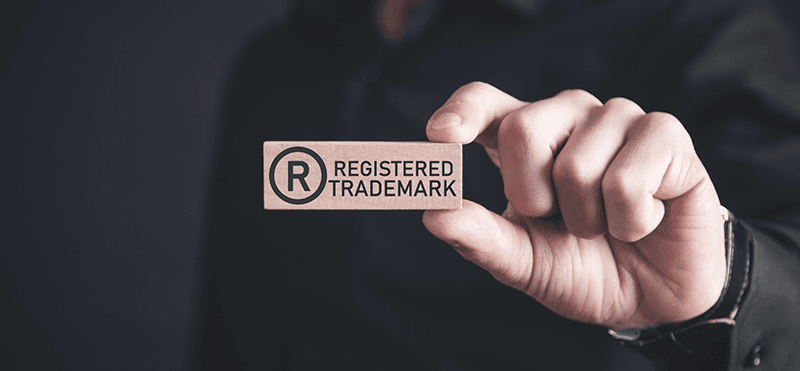Listing goods and services on your trademark application is a crucial step in the registration process. It serves two primary purposes:
- Identification and Classification: Specifying the goods and services associated with your trademark allows for clear identification and classification of your mark within the appropriate categories. Trademarks are registered in relation to specific goods or services, and by providing a detailed and accurate description, you ensure that your mark is protected specifically within those areas. This helps establish the scope of your trademark rights and prevents others from using a similar mark in connection with related goods or services.
- Examination and Distinctiveness: The trademark office examines your application to determine if your mark is eligible for registration. They assess its distinctiveness and whether it conflicts with existing marks. Listing goods and services helps the examiner evaluate the distinctiveness of your mark in relation to the specific industry or field. If your mark is highly descriptive or generic for the listed goods or services, it may face challenges during the examination process. On the other hand, a more unique and distinctive mark has a higher chance of being registered.
Moreover, the goods and services listed on your application establish the parameters within which you can enforce your trademark rights. If your mark is registered, it provides legal protection and exclusive rights to use the mark in connection with the specified goods or services. This prevents others from using a similar mark in a way that may cause confusion among consumers.
It's important to accurately and appropriately describe your goods and services on the application to ensure that your mark is adequately protected and to avoid potential objections or refusals.






